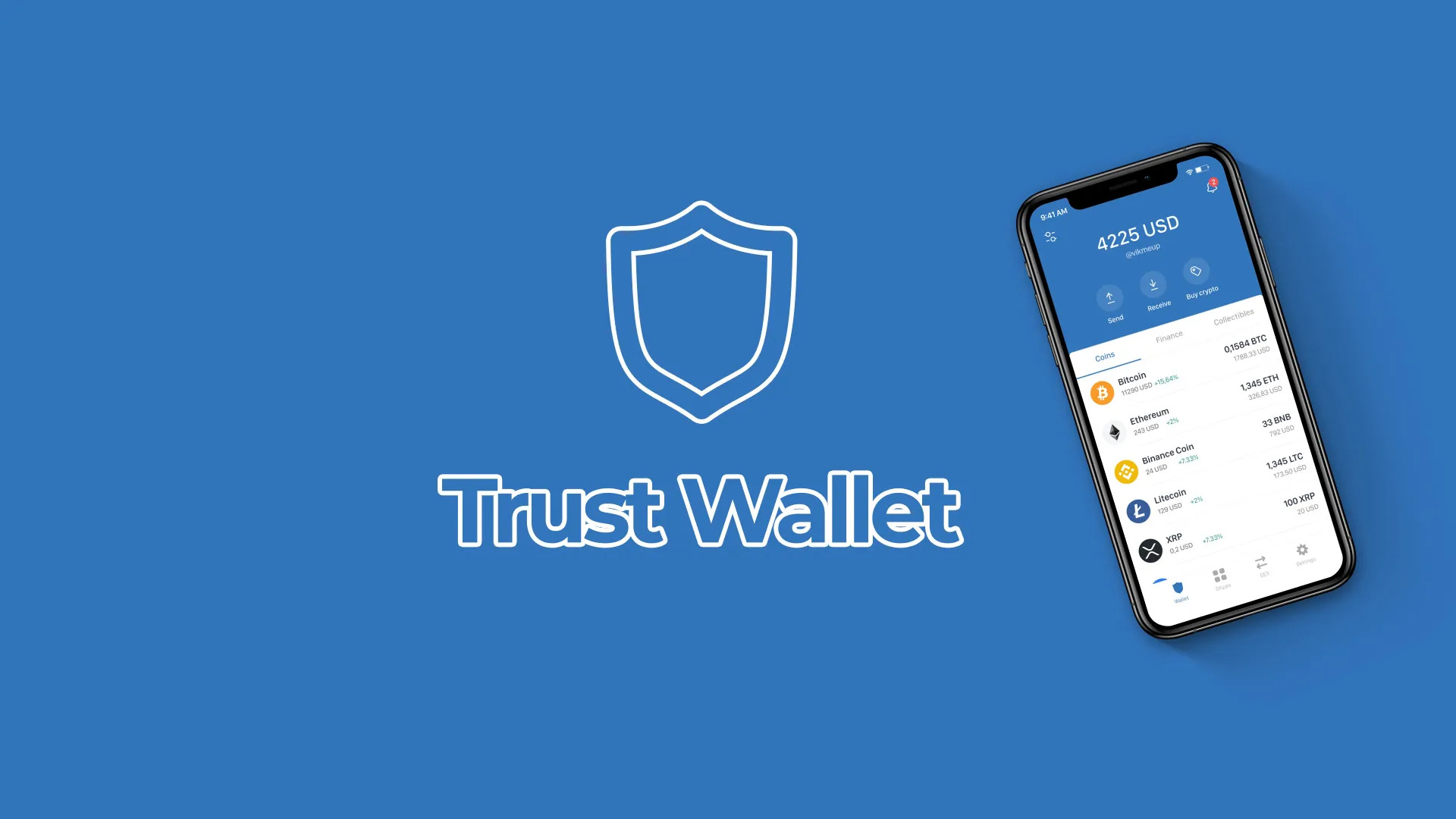So, I was messing around with a couple of crypto wallets the other day—yeah, again—and I stumbled on somethin’ that kinda blew my mind. Seed phrases. You think you know them, right? Just a string of words to back up your keys. But, man, the whole multi-chain wallet scene tangled it up way more than I expected. Seriously, it’s like walking a tightrope while juggling flaming tokens.
Here’s the thing: managing crypto across multiple blockchains is no walk in the park. You want your assets safe, but also accessible. And that’s where seed phrases and multi-chain wallets come into play. But wait—are all seed phrases created equal? Nope. And that’s something most folks overlook.
Initially, I just assumed that a seed phrase was some universal magic phrase that worked across chains. But then I realized—hold on—many wallets generate seed phrases that only cover certain networks, or worse, they don’t support cross-chain transactions properly. That’s a dealbreaker if you’re handling assets on Ethereum, Binance Smart Chain, Solana, and more. My instinct said, “Something felt off about this setup.”
Whoa! Imagine losing access to half your portfolio just because your wallet’s seed phrase didn’t play nice with all chains you use. That’s why a genuinely multi-chain wallet is very very important. It’s not just about storing tokens; it’s about seamless cross-chain transactions without risking your private keys.
Okay, so check this out—there’s this wallet called the truts wallet that’s been catching some attention. What I like is that it’s designed specifically to handle multiple chains securely with one seed phrase. No juggling a dozen backups or praying your phrase works on the next chain you try. It’s a subtle but powerful shift in how we think about wallet security and usability.
Now, I’ll be honest, the whole seed phrase thing bugs me sometimes. It’s like you have to memorize or securely store 12 to 24 random words—easy to mess up, right? And when you’re dealing with cross-chain transactions, the complexity spikes. Because each blockchain has its quirks and sometimes unique key derivation paths. So, your wallet’s implementation matters big time.
On one hand, seed phrases are your lifeline. On the other, they’re a single point of failure. This paradox makes choosing the right multi-chain wallet crucial. I mean, you want the convenience of one phrase but without the risk of it not covering all your assets. Actually, wait—let me rephrase that—ensure it’s compatible with all chains you interact with, and that the wallet supports cross-chain operations natively. If it doesn’t, you might end up stuck transferring assets the hard way, or worse, losing them.
Here’s what bugs me about many popular wallets out there—some claim multi-chain support but fall short when you try to move tokens across different blockchains. They either force you to use bridges manually or don’t support it at all. And bridges? Yeah, they’re cool but also a hotbed for security risks and delays.
So, why does cross-chain transaction support matter? Well, it’s the future. DeFi, NFTs, and dApps are spreading across chains. Users want to move assets fluidly without jumping through hoops. That means a wallet must handle these cross-chain moves securely and intuitively.

Check this out—multi-chain wallets like the truts wallet use advanced cryptography and smart integration to simplify this process. They abstract away the technical headache so you don’t have to wrestle with different keys or bridges manually. It’s like having a universal remote for your crypto world.
But here’s the catch: no wallet is 100% foolproof. Even the best solutions require you to be vigilant. For instance, storing your seed phrase securely and understanding that if it leaks, your assets are toast. Plus, with multi-chain wallets, you need to double-check that the wallet’s seed phrase backup mechanism truly covers all chains you use—some wallets segregate keys internally, which can be confusing.
Something I’ve found particularly helpful is to test small cross-chain transactions first. That way, you get a feel for how your wallet handles them before moving large amounts. My experience with the truts wallet was surprisingly smooth. It made me rethink how clunky cross-chain interactions used to be.
Hmm… I’m not 100% sure if this approach will work for everyone, especially those deep into exotic chains or experimental dApps. But for mainstream multi-chain users, it’s a game changer. And honestly, the convenience factor alone is worth exploring.
Oh, and by the way, don’t underestimate the importance of wallet updates. The crypto space evolves fast, and wallets must keep up with new chains, security patches, and transaction protocols. A wallet stuck in the past is a liability.
Now, some folks might say, “Why not just use multiple wallets, one per chain?” Sure, you can do that. But managing multiple seed phrases and juggling private keys gets messy real quick. It’s like carrying a dozen keys for your house, car, office, and storage unit—easy to lose track.
So, multi-chain wallets with a universal seed phrase offer a neat solution, but only if their implementation is rock-solid. Otherwise, you could face a nightmare scenario where your seed phrase doesn’t recover all your assets, or worse, exposes you to security gaps.
In my opinion, wallets like truts wallet are pushing the envelope on this front. They’re not perfect, but they’re moving us toward a more user-friendly and secure multi-chain future.
Anyway, this whole seed phrase and multi-chain wallet topic is a bit of a rabbit hole. But it’s worth diving into if you’re serious about managing your crypto safely across different platforms. Just remember to keep your seed phrase offline, never share it, and pick a wallet that aligns with your multi-chain needs.
Alright, I’m rambling now… but seriously, the crypto world’s getting more complex, and so should your wallet strategy. Don’t settle for less when your digital assets are on the line.
